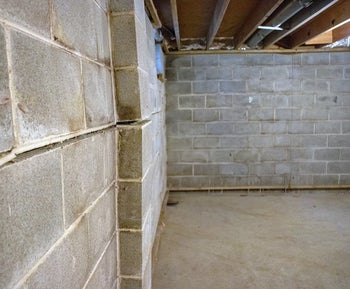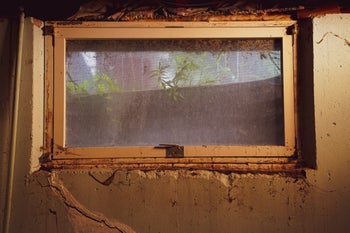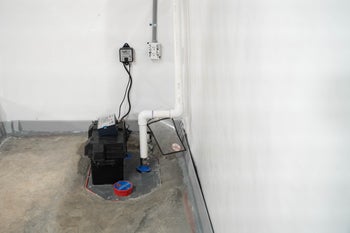Role of Drainage Systems in Effective Basement Waterproofing
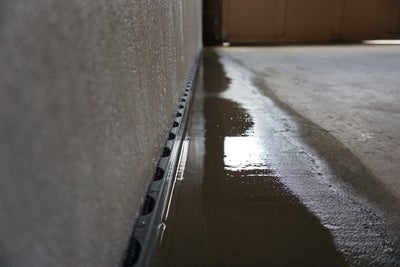
A key component to keeping your basement dry is an effective drainage system. Whether it’s surface water from rain or groundwater trying to seep through your foundation, a properly designed drainage system keeps water where it belongs. Drainage systems are crucial in waterproofing your basement, ensuring your home stays safe and dry year-round.
Noticing problem signs in your crawl space?
Book your appointment today!
Understanding the Importance
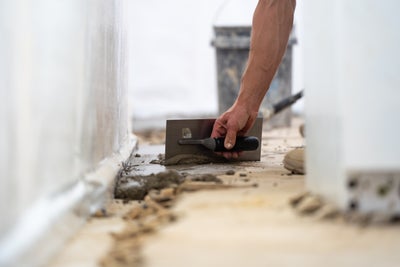
Understanding the importance of drainage systems in waterproofing is crucial for keeping your basement dry and safe. Proper drainage is your first line of defence against water accumulation, preventing it from pooling around your foundation or seeping into your basement.
When water has nowhere to go, it leads to moisture buildup, which creates the perfect environment for mold growth and can even cause structural damage over time. Integrating a drainage system with other waterproofing methods—like sump pumps and sealants—creates a comprehensive shield that protects your basement from moisture problems at every angle.
Types of Drainage Systems
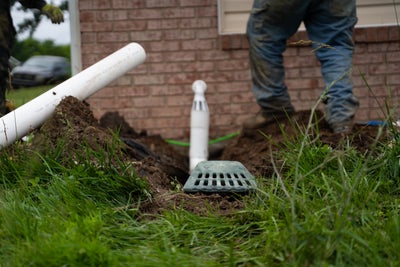
When it comes to basement waterproofing, several types of drainage systems play a key role in keeping your space dry.
Exterior drainage systems will keep water from ever reaching your foundation, directing it away from your home before it becomes a problem.
Interior drainage systems, on the other hand, focus on managing water that has already entered. These often include sump pumps that actively remove water, preventing it from pooling inside your basement.
Lastly, gutter and downspout systems help channel rainwater away from your home’s foundation, ensuring excess water doesn’t accumulate around the basement. Together, these systems work to keep your basement dry from the inside out.
The Prevention of Basement Waterproofing
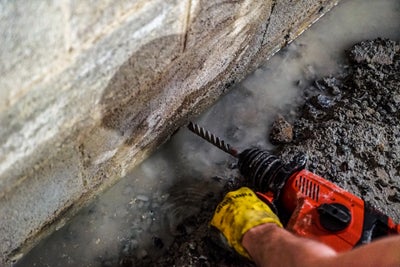
Drainage systems are important for preventing common basement water problems by addressing the root causes of moisture buildup.
First, they prevent water pooling by redirecting water away from your home, ensuring it doesn’t accumulate around the foundation. This keeps water from seeping into cracks and causing leaks. They also reduce hydrostatic pressure, which is the pressure water exerts on your foundation walls.
By relieving this pressure, drainage systems help prevent cracks and structural damage. Additionally, they provide moisture control, maintaining a dry environment inside the basement and reducing the risk of mold, mildew, and musty odours.
Common Drainage Issues & Their Impact on Waterproofing
Even the best drainage systems can fail if they aren’t properly maintained or installed. Here are some common drainage issues that can compromise your basement waterproofing:
- Clogged or damaged drains: Over time, debris like leaves, dirt, and even small animals can clog your drains. This will stop water from flowing away from your home. Damaged drains can also develop cracks or breaks, leading to leaks that cause water to pool near your foundation instead of being carried off.
- Improper installation: Install your drainage system so it functions as intended. Poor installation can leave gaps where water can seep through or cause water to be directed toward your foundation rather than away from it, making the waterproofing attempt ineffective.
- Inadequate grading: The slope of the ground around your home plays a major role in drainage. If the grading isn’t done right, water can flow toward your foundation instead of being directed away. This increases the risk of basement flooding and moisture buildup.
Each of these issues can undermine the effectiveness of your waterproofing efforts, so professional installation, regular inspections, and maintenance are key to ensuring your drainage system works as intended.
Maintaining Your Basement Drainage System
Maintaining your drainage system is crucial to ensuring long-term protection for your basement. Here’s how to keep it in top shape:
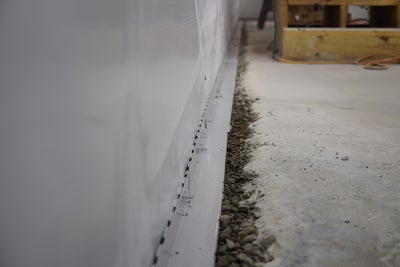
- Regular inspections: Schedule regular inspections to catch potential problems early. Checking for cracks, clogs, or signs of wear in your drainage system helps you address issues before they lead to serious water damage.
- Clearing debris: Keep your drains clear of debris like leaves, dirt, and sediment. Regularly cleaning gutters and downspouts ensures water flows freely away from your home. This will reduce the risk of water pooling near your foundation.
- Upgrading systems: If your current drainage system isn’t keeping up with your home’s needs, consider upgrading. Adding features like sump pumps or installing more advanced drainage solutions can offer better protection against basement water issues.
By staying proactive with maintenance, you can extend the life of your drainage system and keep your basement dry year-round.
Trust Groundworks for Your Basement Drainage Needs
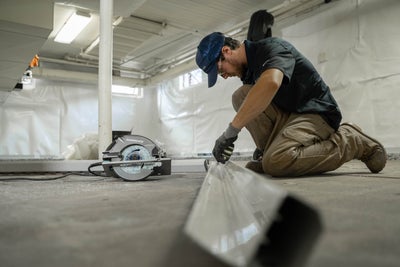
A well-designed and properly maintained drainage system is the backbone of effective basement waterproofing. A solid drainage setup protects your home from serious issues like mold growth, structural damage, and costly repairs.
By investing in the right exterior and interior drainage systems and maintaining it regularly, you can safeguard your basement from water problems and ensure it remains a dry, healthy space for years to come.
Groundworks offers professional, high-quality basement waterproofing systems that are proven to keep even the most flood-prone basements dry! Contact us today to schedule a free estimate and inspection.
Noticing problem signs in your crawl space?
Book your appointment today!
Basement Drainage FAQ
Absolutely not. Basement water damage impacts your home and family’s safety. It only worsens with time, presenting further dangers and expensive solutions when you do decide to repair the problem. The easiest way to protect your home and prevent further damage is with prompt inspection and repair. As soon as you notice something wrong, contact Groundworks for a free inspection and receive a no-obligation repair estimate.
A musty smell often indicates mold growth, which can be hazardous to your health. Mold exposure can trigger allergies, respiratory problems, and other health issues. It’s crucial to address the root cause of the musty smell and remediate any mold present.
Most homeowner’s insurance policies provide coverage for water damage resulting from events such as burst pipes, sink or bathtub overflows, and leaks from water heaters, dishwashers, or washing machines. However, these policies typically do not cover basement or foundation damage caused by heavy rainfall, storms, mudslides, sinkholes, or underground water seepage. In such cases, separate flood insurance coverage becomes necessary to safeguard against these types of water-related incidents.
